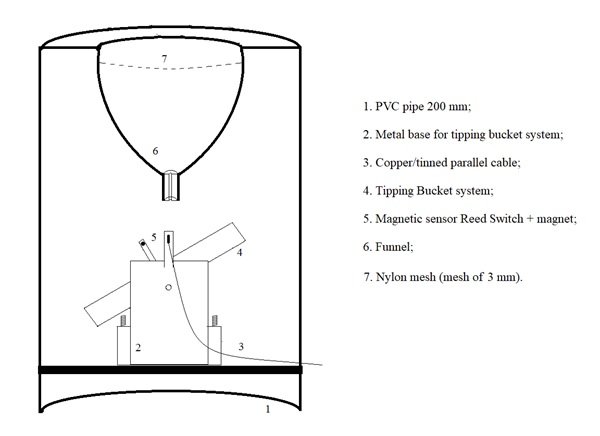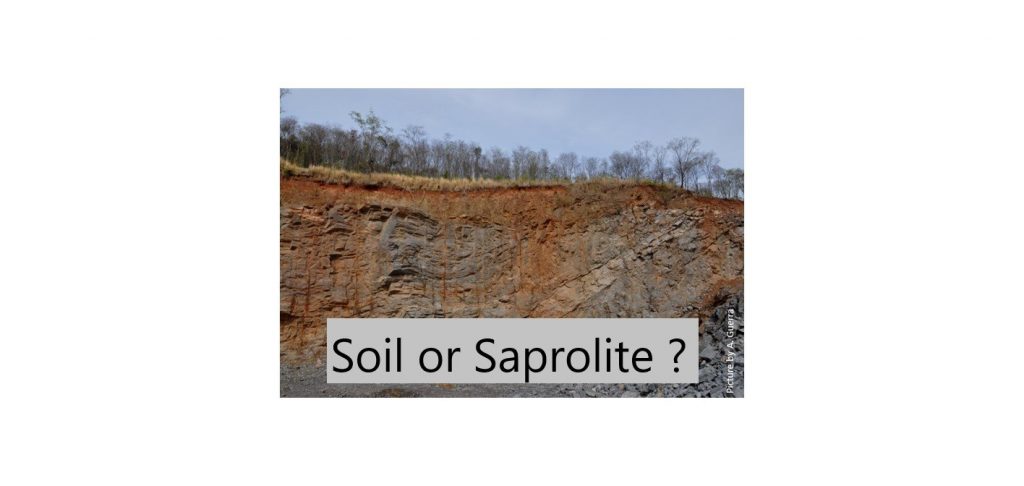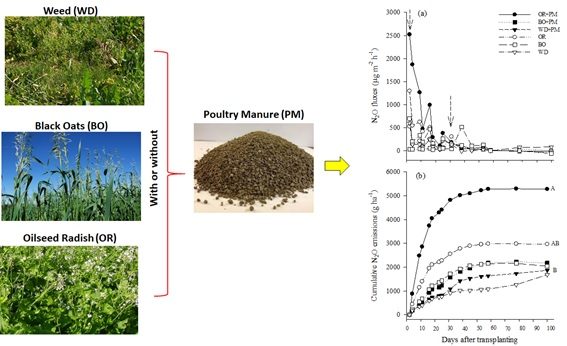Volume 43, 2019
Acid Ammonium Citrate as P Extractor for Fertilizers of Varying Solubility
07/Jan/2019
ABSTRACT: There are several globally accepted methods to chemically characterize P-fertilizers, but not all are suitable to predict the agronomic efficiency of the P sources in terms of plant nutrition. Our aim was to investigate the performance of P extractors for fertilizers, investigating the consistency of different methods for P sources of varying properties and the related plant responses. The experiment was carried out in a greenhouse, using corn as a model plant. Phosphorus values extractable in water, 2 % […]
Crop Yield Responses to Sulfur Fertilization in Brazilian No-Till Soils: a Systematic Review
06/Feb/2019
ABSTRACT Sulfur (S) fertilization recommendations for grain crops in Brazil were formerly established from studies on crops with a low yield potential grown on soils under conventional tillage (CT). However, the subsequent adoption of no-tillage (NT) altered S dynamics in the soil, making it necessary to carefully evaluate the applicability of these S fertilizer recommendations. In addition, the emergence of modern high-yield-potential genotypes, the successive application of concentrated low-sulfur fertilizers, and reduction in S atmospheric deposition have raised the likelihood […]
Potassium Fertilization of Eucalyptus in an Entisol in Low-Elevation Cerrado
06/Feb/2019
ABSTRACT Potassium (K) is one of the most highly accumulating nutrients in Eucalyptus and, consequently, is heavily exported by the harvesting of wood. Moreover, its availability in the soil in most Brazilian plantation areas is very low, especially in the regions of the Cerrado biome, which has soils with low natural fertility and marked water deficits, implying a lack of nutrient supply and, consequently, a less efficient water use. Our objective was to evaluate the effects of K fertilization on […]
Sugarcane Root Development and Yield under Different Soil Tillage Practices
06/Feb/2019
ABSTRACT New strategies for sugarcane production have been very important since the incorporation of ethanol in the Brazilian energy mix in the early 1970s. Prior to planting sugarcane, the soil is prepared, and this process can affect root development and, consequently, sugarcane production. This study was conducted in an area of sugarcane crop renewal in the Cerrado biome (Brazilian tropical savanna), with the objective of identifying which tillage system generates the better root development and improved yield in sugarcane. The […]
Tipping Bucket Prototype for Automatic Quantification of Surface Runoff Rate in Plots
07/Jan/2019
ABSTRACT: Quantification of runoff rate is an onerous task with non-automated devices; it requires a lot of manual labor to perform measurements. In this study, an automatic device to quantify the surface runoff rate from plots with a small area was developed and tested. The prototype was based on the tipping bucket technique and built with reused materials. Its performance was tested in the laboratory and a calibration curve was developed to improve measurement accuracy. The device can be used […]
Genesis and Classification of Nitisols from Volcano-Sedimentary Lithology in Northeastern Brazil
06/Feb/2019
ABSTRACT On the southern coast of Pernambuco State (PE), Brazil, lithotypes of the Cabo Basin (volcanic and sedimentary rocks), in association with the relief, allow the determination of the dynamics of the formation of Nitossolos Háplicos (Nitisols), including those with high levels of exchangeable aluminum. The objective of this study was to evaluate the influence of lithological diversity (basalt and sedimentary siliciclastic rocks) on the morphological, physical, chemical, and mineralogical properties of Nitossolos Háplicos along a slope (P1-summit, P2-backslope, P3-footslope) […]
Reference Values of Grain Nutrient Content and Removal for Corn
13/May/2019
ABSTRACT: Unchanged reference values of grain nutrient contents for corn have been used for over 20 years, despite yield increases, the development of new hybrids, and modifications to cropping systems, especially the establishment of in-season second crops and the wide adoption of no-tillage. This study measured macro- and micronutrient contents in corn grains from different regions, in the first (summer) and second (fall) crop, to update the reference values of estimated nutrient removal. A secondary objective was to determine whether […]
Field Perception of the Boundary Between Soil and Saprolite by Pedologists and its Differentiation Using Mathematical Models
19/Jun/2019
ABSTRACT Saprolite plays a central role into hydrologic and nutrient cycles. Despite that, saprolite research is scattered and uses heterogeneous, sometimes conflicting, methods and concepts. During field work, it is difficult to assign the boundary between soil and saprolite. This paper aimed to identify the subjacent logic that pedologists use to assign to a regolith volume its soil or saprolite nature. To achieve this goal, a tree algorithm was used to build a hierarchy of physical and chemical properties of […]
Comparison of the Casagrande and Fall Cone Methods for Liquid Limit Determinations in Different Clay Soils
02/Jul/2019
ABSTRACT The liquid limit (LL) is an important parameter for soil classification systems. The use of the cone penetrometer technique for measuring the liquid limit is an attractive alternative method since the percussion method is highly operator dependent. In this article, the importance of specifying the procedure and equipment used to determine the LL of a clay soil is highlighted using LL test results conducted on different clay soils. The results of LL, obtained by the percussion method proposed by […]
Nitrous Oxide Emissions in No-Tillage Onion ( Allium cepa L.) Crops Are Increased by Oilseed Radish Cover Crop and Poultry Manure Application
10/Apr/2019
ABSTRATO O uso de plantas de cobertura e de esterco de galinha (PM) é uma alternativa para reduzir o uso de insumos sintéticos e pode contribuir para o ciclo de nutrientes em cebolas ( Allium cepa L.) cultivadas em sistema plantio direto. No entanto, esta prática de gestão pode contribuir para um aumento das emissões de N 2 O para a atmosfera. Os objetivos deste estudo foram avaliar o efeito imediato sobre as emissões de N 2 O da adição […]



